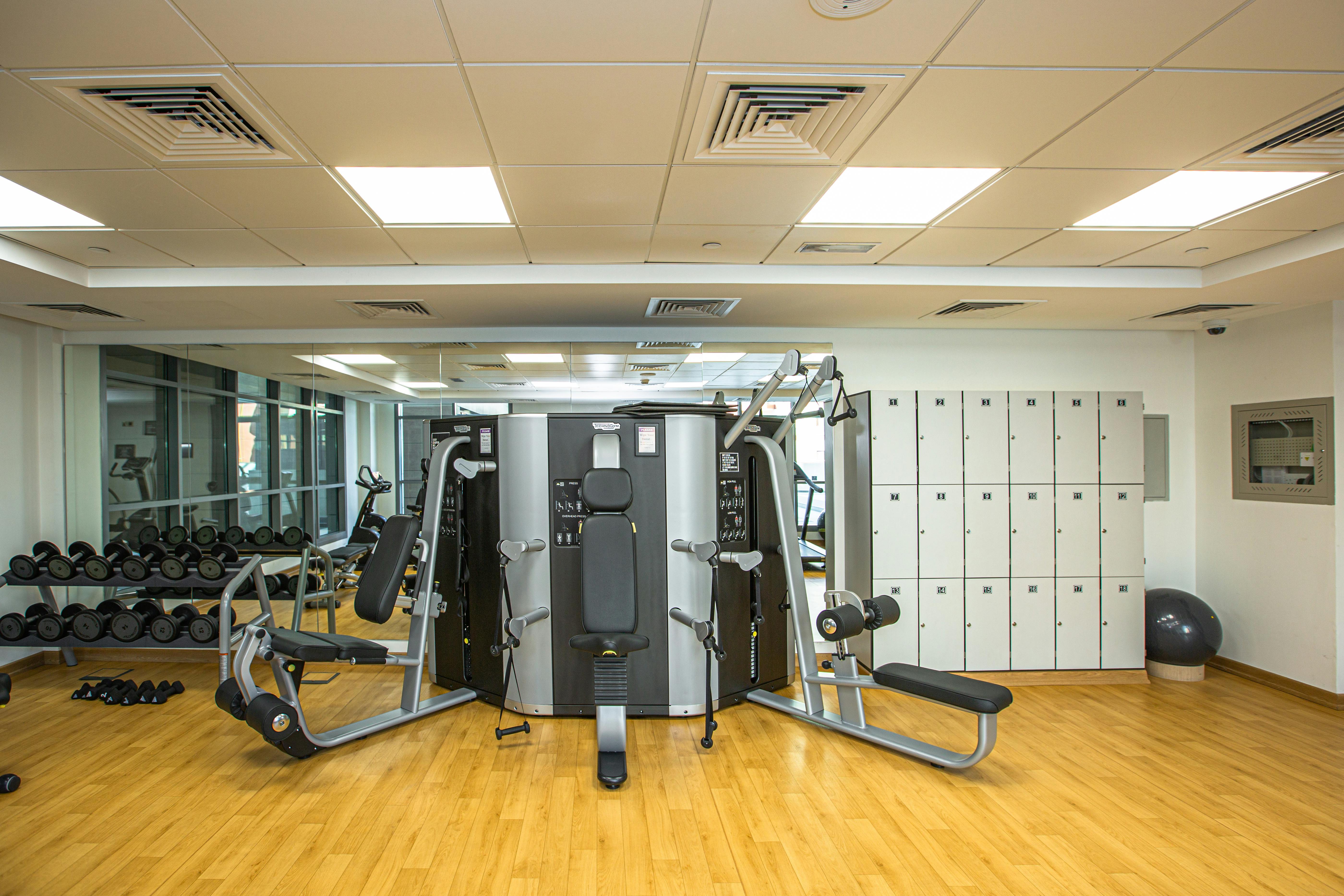Agricultural investment has outperformed most other asset classes throughout history, as growing populations demand more food to eat, more feed for livestock, and now biofuels. At the same time, climate change, land degradation and development have eaten into the supply of farmland, shifting the balance of supply and demand in favor of those with farmland to invest.
Investment in agriculture has provided stable annual returns averaging 10-15% per year for the past decade, as the human race has consumed more grain than we have produced for seven of the past eight years. Institutional investors such as Jim Rogers have been using investment in farmland as an effective hedge against inflation for years and Mr. Rogers has often been quoted as saying that investment in agriculture, in the form of investment in farmland, is probably the best general asset for investment of this new decade.
So what is the best farm investing, and how can investors with access to smaller amounts of capital participate in farm investing and use the high-return, low-risk investment strategy that institutional investors have employed for many years?
Many structures are available on the open market for retail investors, with options to choose from, including farmland investment, investment funds, and operating a farm yourself and selling crops. You also have a variety of geographic areas to focus on, including Eastern Europe, the UK and the US. Choosing the right agricultural investment will depend on how long you want to tie up your capital and your attitude to political risk .
After conducting extensive research and due diligence on the type and structure of each type of farm investment, as well as the past performance of your target farmland or fund manager, you can narrow your selection down to a handful of projects. or investment strategies.
Deal structure for small investors
Smaller investors can get involved in farming by buying farmland and then renting it out to a farmer to manage the growth and sale of crops. The investor will own the land and receive a rental income from the investment of up to 7% per year, while the farmland will be professionally managed, harvested and sold by the farmer. This type of buy-to-let structure allows small investors to participate in agricultural investment in the same way that institutional clients have, as long as small investors can obtain investment farmland.
There are farmland investment products that engineer risk out of the farm investment, with lessee rent-to-own options, allowing the farmer lessee to repurchase the farmland from the original investor after a fixed period of time. This provides the investor with an exit strategy and it is also possible to build in further risk mitigation by securing a minimum buy-back price in the rental agreement with the farmer.
Therefore, in my opinion, the best investment in agriculture would include an agreement structure that de-risks agricultural investment by choosing to invest in farmland with agricultural tenants who are already paying rents and with the option to purchase the land. for a minimal price. in a few years. In my search for the best farmland investment, location is very important and the fundamentals of the UK farmland market are very supportive at the moment.
So the best farm investment, in terms of time scale and risk, for me, would be investment in UK farmland, with a deal structure in place to ensure a minimal level of risk to the investor.
